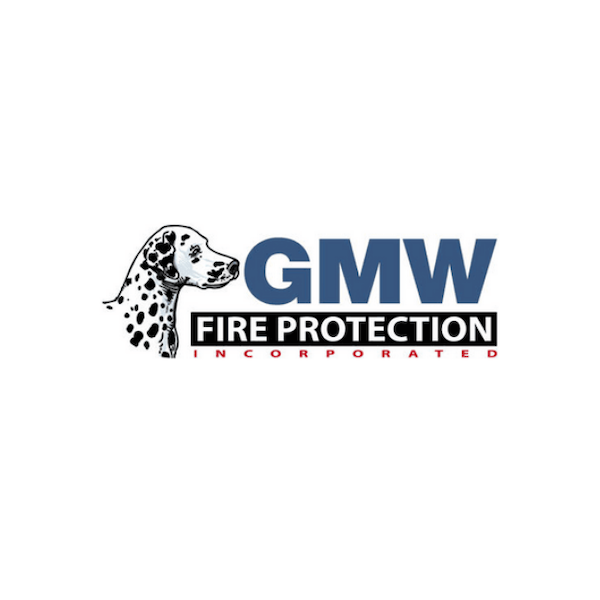Fire extinguishers are our silent sentinels, standing ready to combat the unexpected. But like any tool, their effectiveness hinges on proper upkeep. That’s where routine inspections step in, ensuring these lifesavers are primed for action when every second counts. Let’s explore why these check-ups are non-negotiable.
Why Inspections Matter: More than Just a Check-Up
Sure, inspections seem like a formality, but they’re far more critical than you might think. They’re the key to guaranteeing your fire extinguisher isn’t just present but potent.
- Functionality First: Over time, even the most robust extinguishers can develop leaks, corrosion, or clogged nozzles – silent saboteurs that can render them useless in a crisis. Inspections catch these issues early, allowing for swift repairs or replacements.
- Staying Compliant: Local fire codes and insurance policies often mandate regular extinguisher inspections. Ignoring these rules can result in hefty fines, voided insurance claims, and a major headache when coverage is needed most.
- Peace of Mind: Knowing your battle-ready fire extinguishers provides unparalleled peace of mind. When faced with a fire, you can act decisively, confident that your equipment won’t fail you.
But what exactly happens during these inspections? Let’s take a closer look.
What Happens During an Inspection: A Closer Look
Think of it as a fire extinguisher’s annual physical. A certified professional will meticulously examine every aspect of your device to ensure it’s in peak fighting form.
- Exterior Examination: Look for dents, cracks, or damage that might compromise the extinguisher’s structural integrity.
- Pressure Check: Ensuring the pressure gauge is in the green zone, indicating the right amount of extinguishing agent is ready for deployment.
- Weight Verification: Ensure the extinguisher is full, and leaks haven’t sprung.
- Nozzle and Hose Assessment: Checking for clogs, cracks, or any other obstructions that could impede the flow of the extinguishing agent.
- Seal and Pin Inspection: Confirming that tamper seals and pins are intact, a sign that the extinguisher hasn’t been discharged accidentally.
- Label Legibility: Ensure all labels and markings are clear and provide accurate information about the extinguisher type and usage instructions.
Any red flags? The technician will either repair or replace the extinguisher, ensuring it’s back in fighting shape and ready for duty.
How Often Should Inspections Occur?: The Golden Rule
While the specifics can vary depending on local regulations and the type of extinguisher, the general guideline is an annual professional inspection. Additionally, it’s wise to perform a quick visual check monthly to catch any obvious signs of damage or tampering.
Speaking of vigilance, let’s discuss why procrastination is your fire extinguisher’s worst enemy.
Don’t Wait for Disaster to Strike: The Cost of Complacency
Regular fire extinguisher inspections are a minor investment that can pay off in a major way regarding safety. Don’t let a fire expose a faulty extinguisher – that’s a gamble you can’t afford to lose.
Schedule an inspection today, and rest assured, knowing you have a reliable first line of defense against fire. Remember, in a fire emergency, a well-maintained extinguisher can mean the difference between a close call and a catastrophe.


